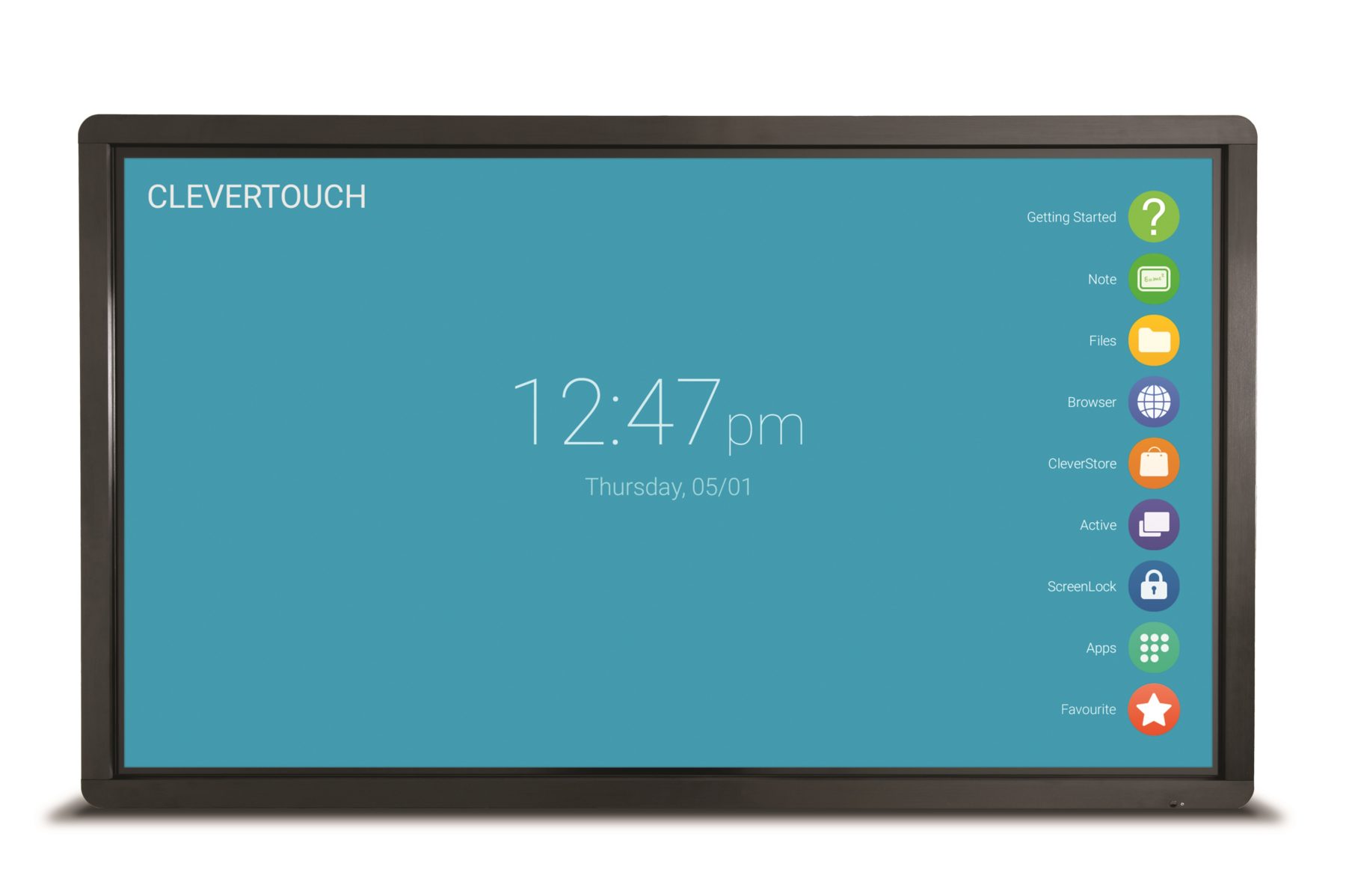If there’s one thing you can point to as a constant within the world of technology, it’s change.
Time brings with it refinement and improvement. Almost every piece of technology in your life, whether it’s the hammer in your shed or the smartphone in your pocket has changed dramatically over time, becoming the indispensable tool it is today.
The same can be said for the audio-visual technologies in our life. On the visual side, we’ve gone from boxy televisions with grainy, low resolution black and white images inside vast wooden cabinets to sleek, millimetre thin ultra-high definition panels which disappear discretely into the home, business and educational environment.
But it’d be foolish to imagine that innovation will stop where we are today. Time waits for no technology, and the future of A/V is just around the corner.
In this two-part guide, we’ll be examining what the near-future of A/V technology might look and sound like, starting with this, our examination of the ‘visual’ aspect of audio-visual technology.
Here are our big predictions:
4K as Standard
Ever since the twin hit of HD-Ready (720p) and Full-HD (1080p) opened the wider publics eyes to the virtues of ever-higher screen resolutions, we’ve been on a path towards today’s obsession over crystal clear, 4K visuals.
In the home 4K display uptake has been dramatic amongst new TV buyers, with an almost 30% market share as of late 2017, a number which will have only climbed during 2018.
However, in the business and educational sectors, demand has been slightly lower. With 4K currently being seen as a ‘luxury’ feature rather than a modern necessity, cost-conscious businesses are holding back on adoption of the technology.
In the near future, 4K televisions and projectors will become the 1080p of today, dramatically improving the presentation of images across businesses.
Wireless Connectivity
Wires have long been the scourge of A/V installation, but that won’t be the case forever.
The emergence of wireless A/V sender-receivers has given hope to those who wish for a wireless future. As internet speeds continue to increase and wireless technology improves, the requirement for wires to connect between devices will disappear.
For everyone, it promises to dramatically reduce issues around installation, reduce potential maintenance issues and open up entirely new use-cases.
Smart-Screen Technology in Business and Educational Environments
Although smart TVs have been the norm in the home for a couple of years now, granting access to the likes of YouTube, Twitch and other online services, we haven’t really seen the same tech trickle down to business and educational environments.
But just as businesses are catching up to the modern world of digital-only platforms and social media usage, so will business and educational screen technology.
For teachers, the ability to instantly ‘cast’ media from their computers to in-classroom screens is a huge benefit. For businesses, the power to easily switch up their media on the fly is huge, forgoing the traditionally overly complicated media-server solution.
It’s just another way that A/V will transform over the next few years, and at KPMS, we’re going to be there every step of the way.



